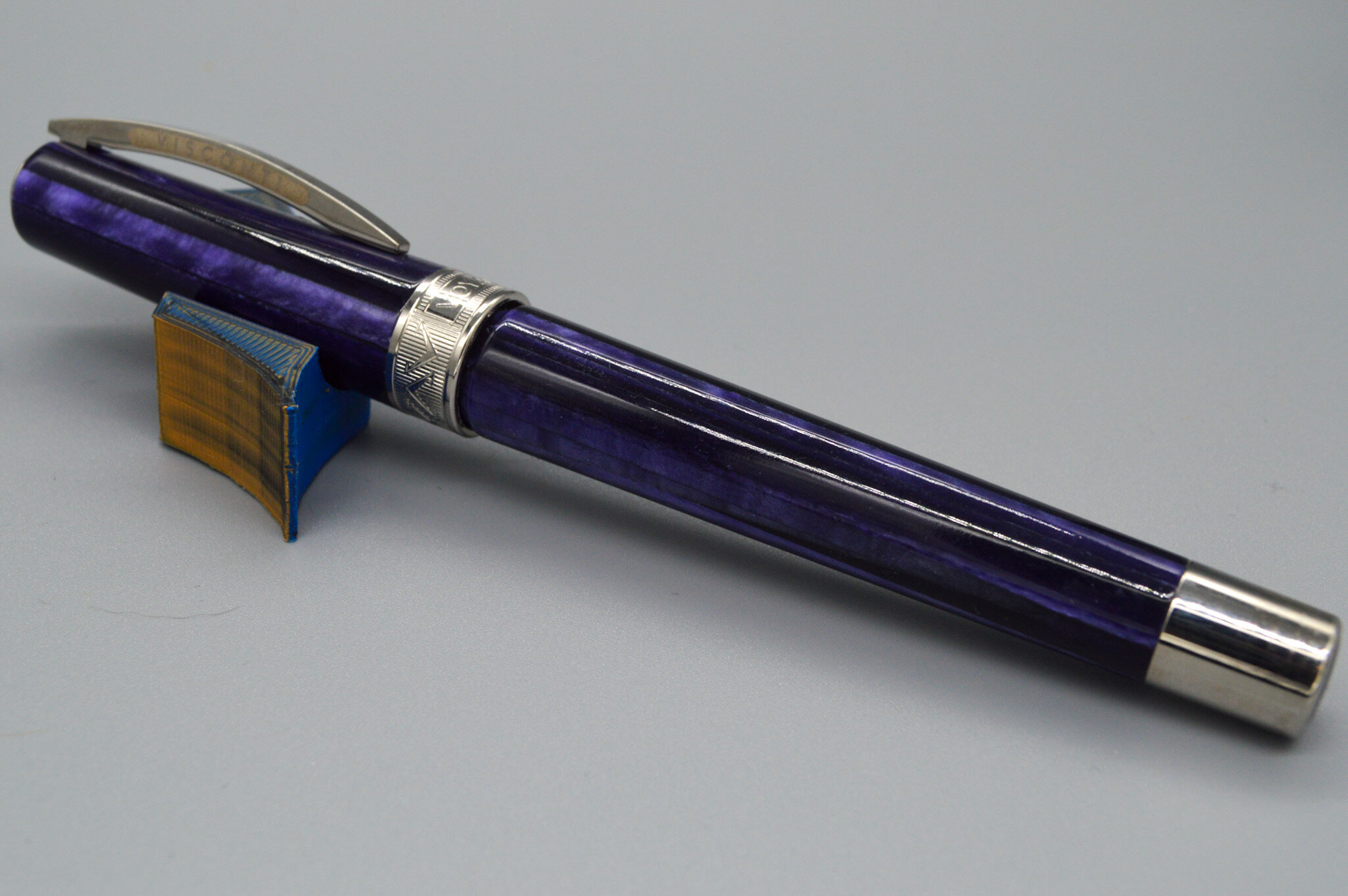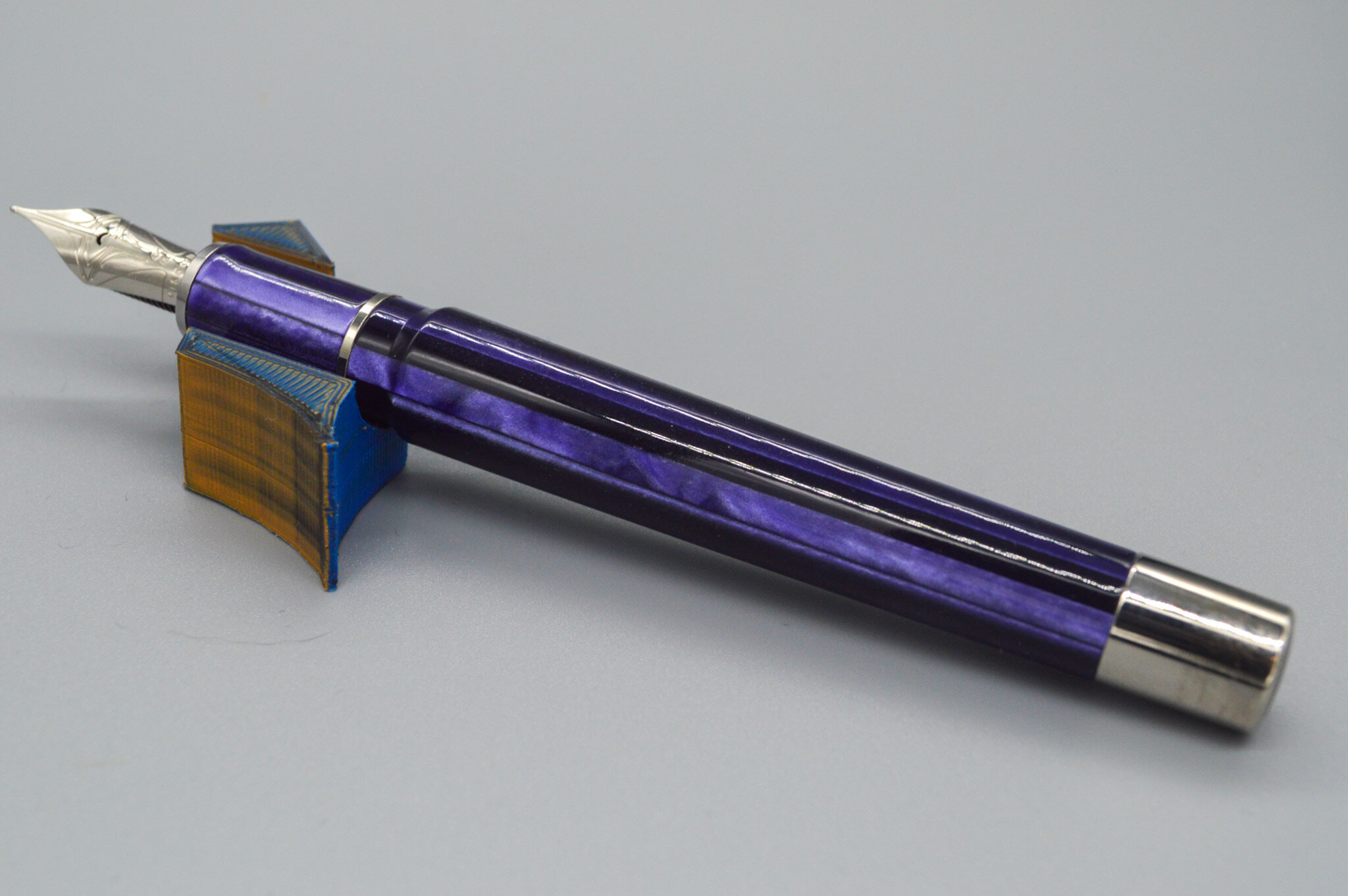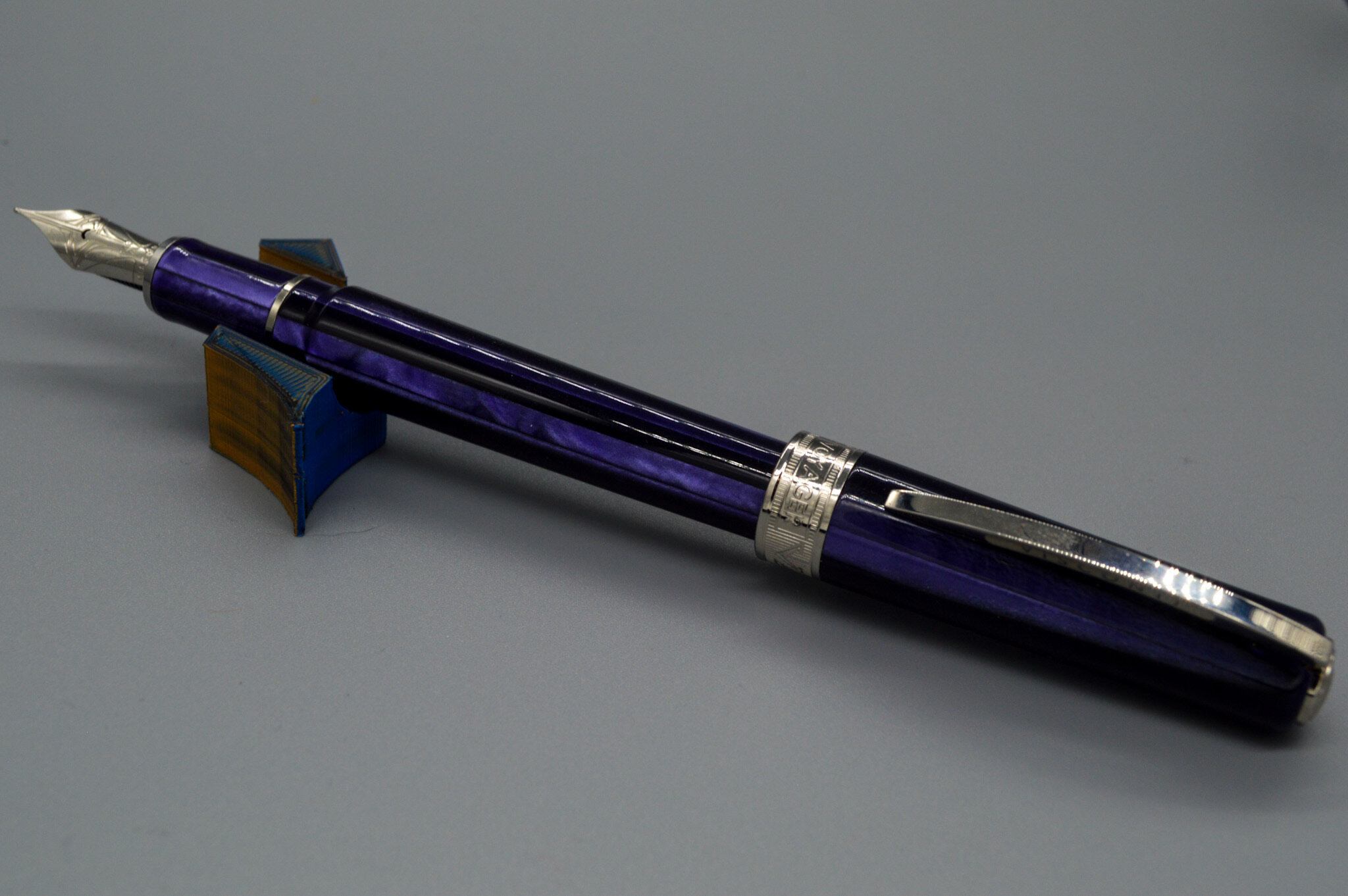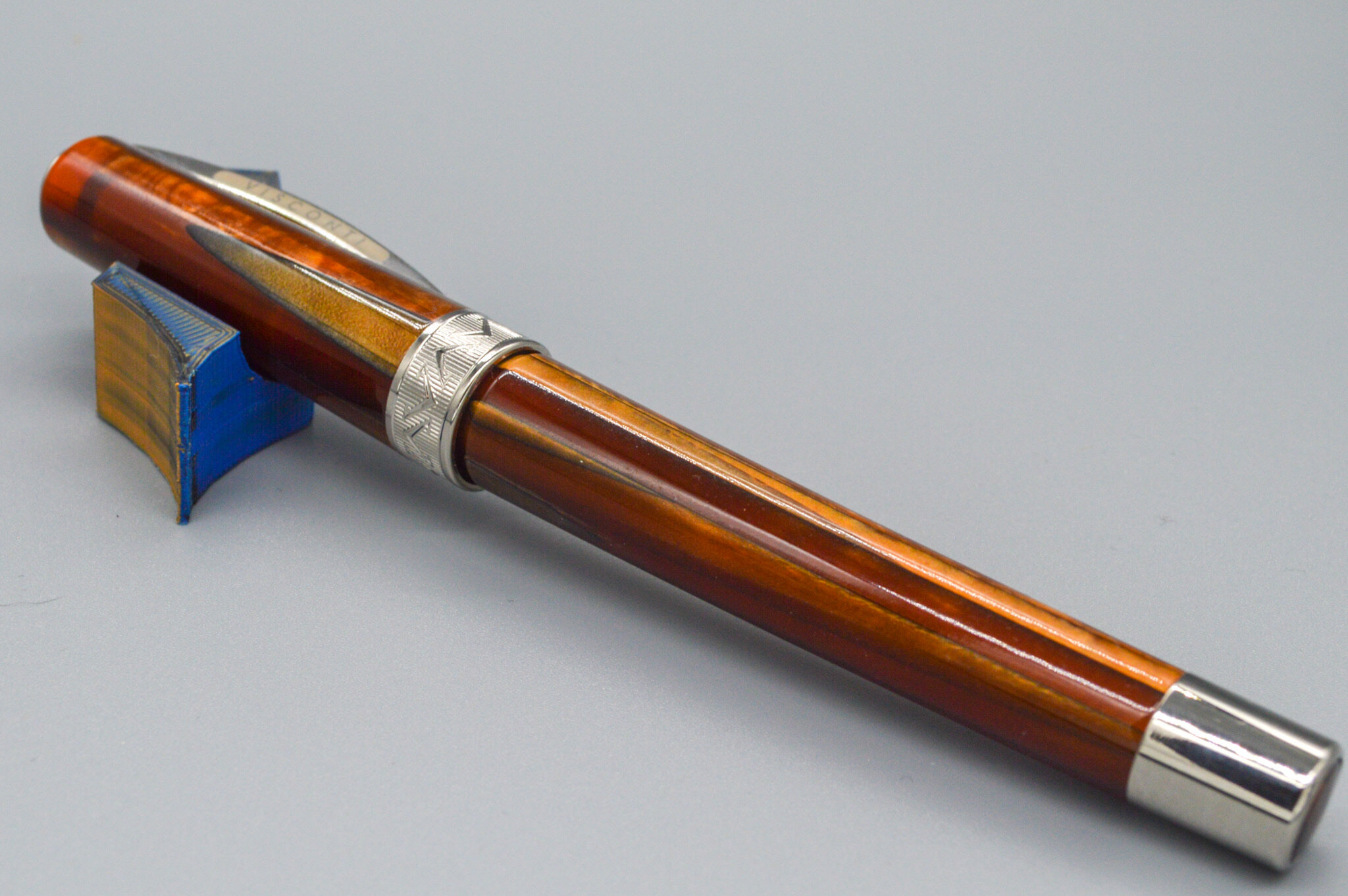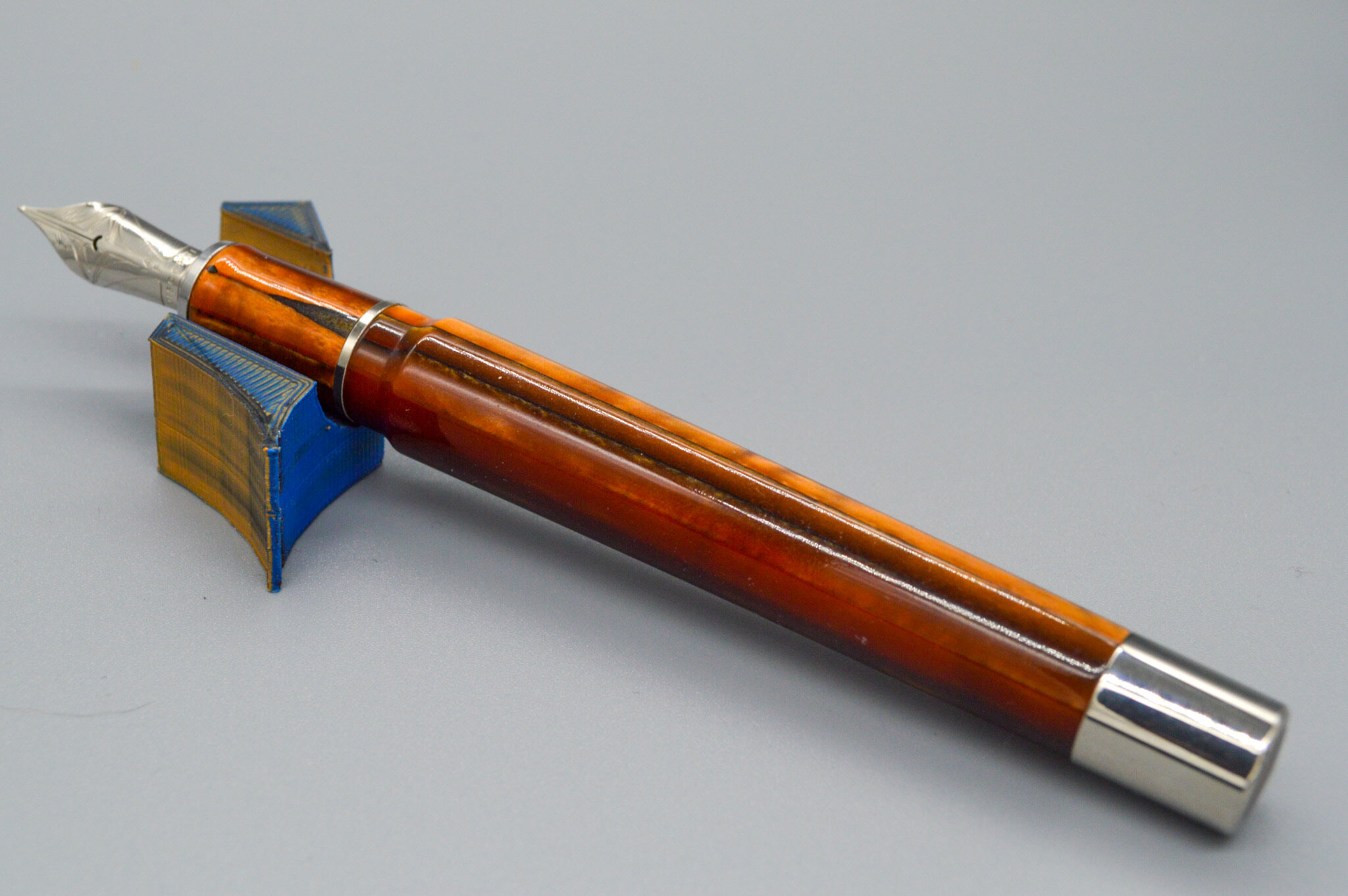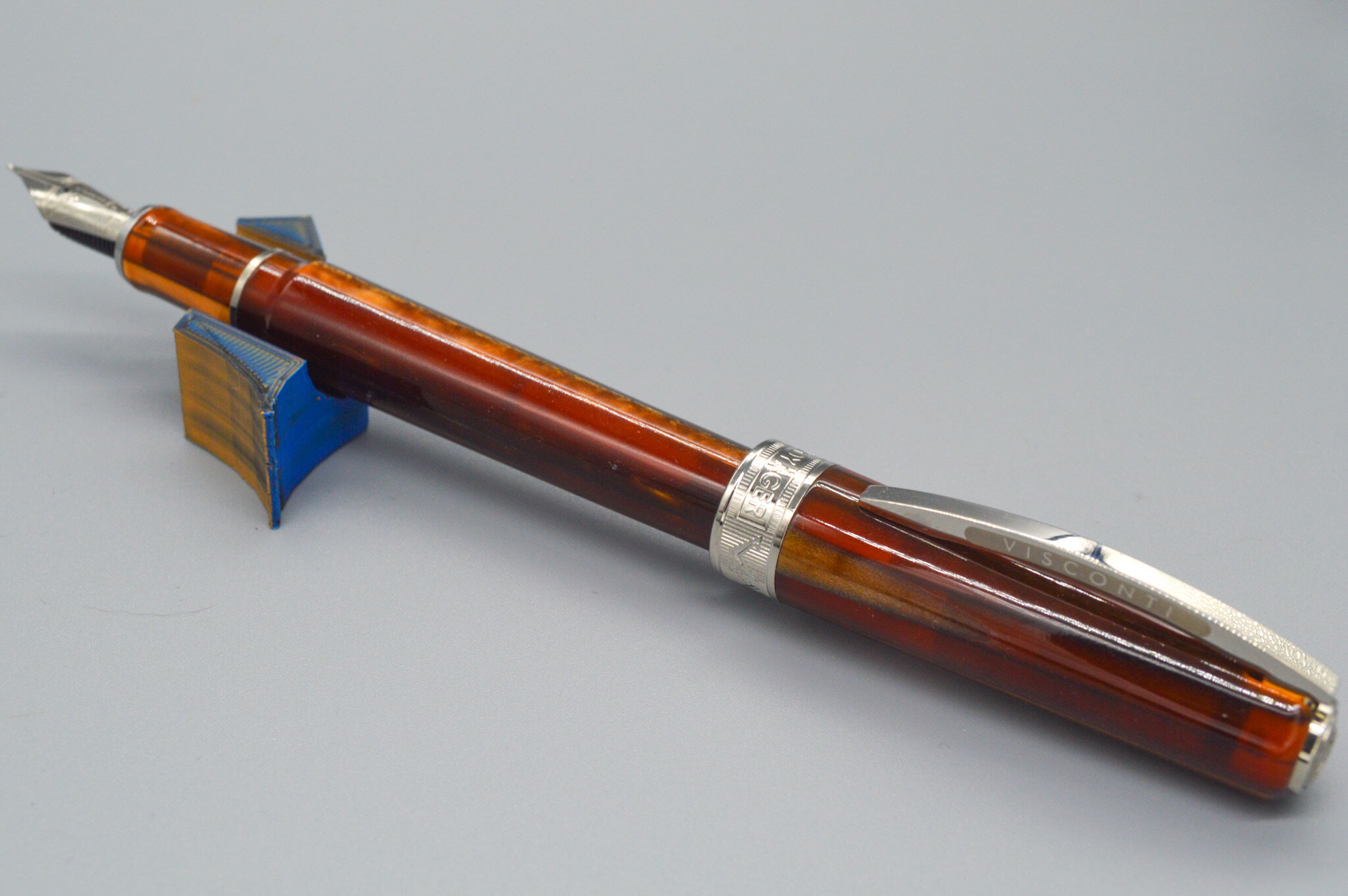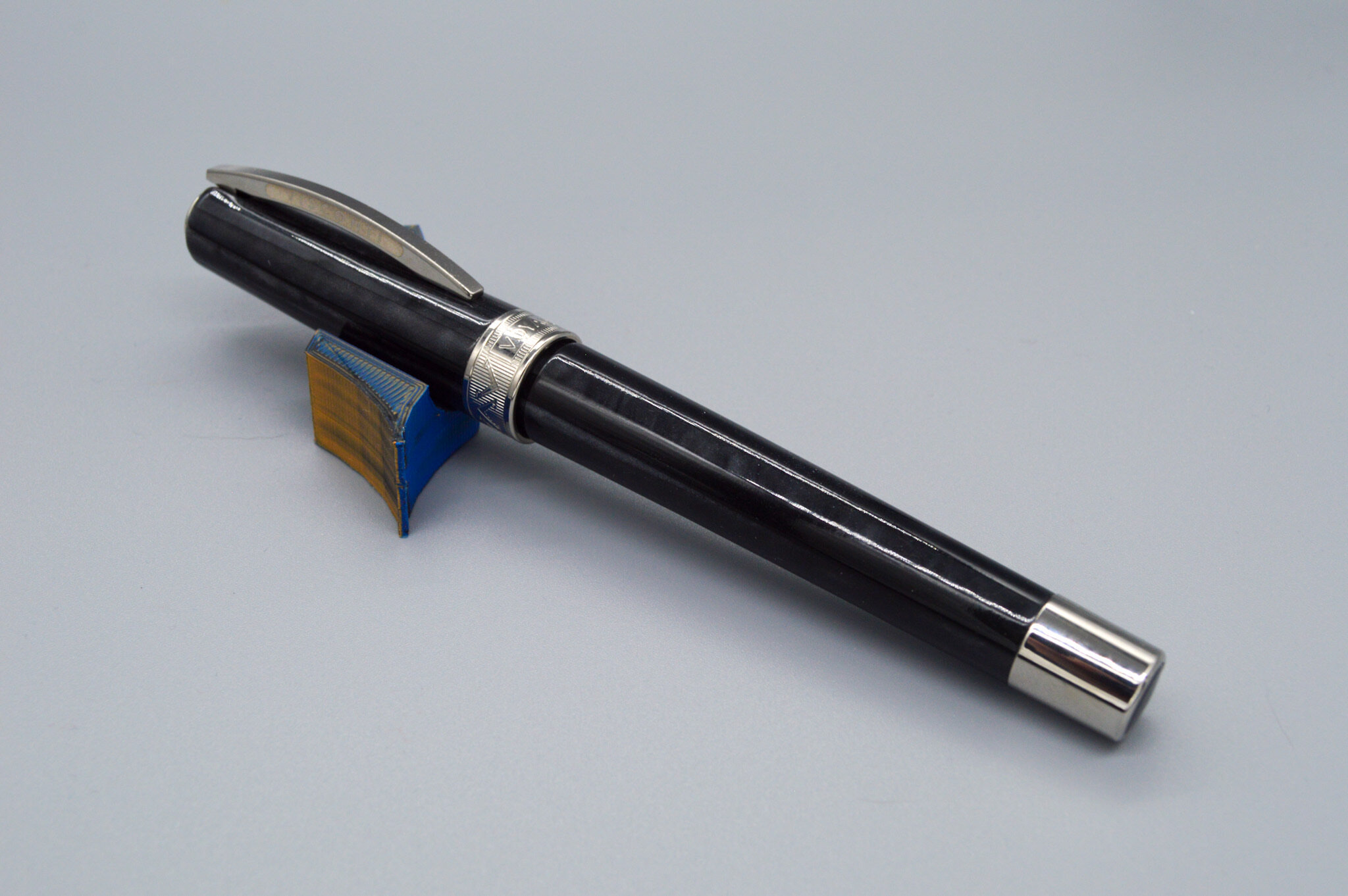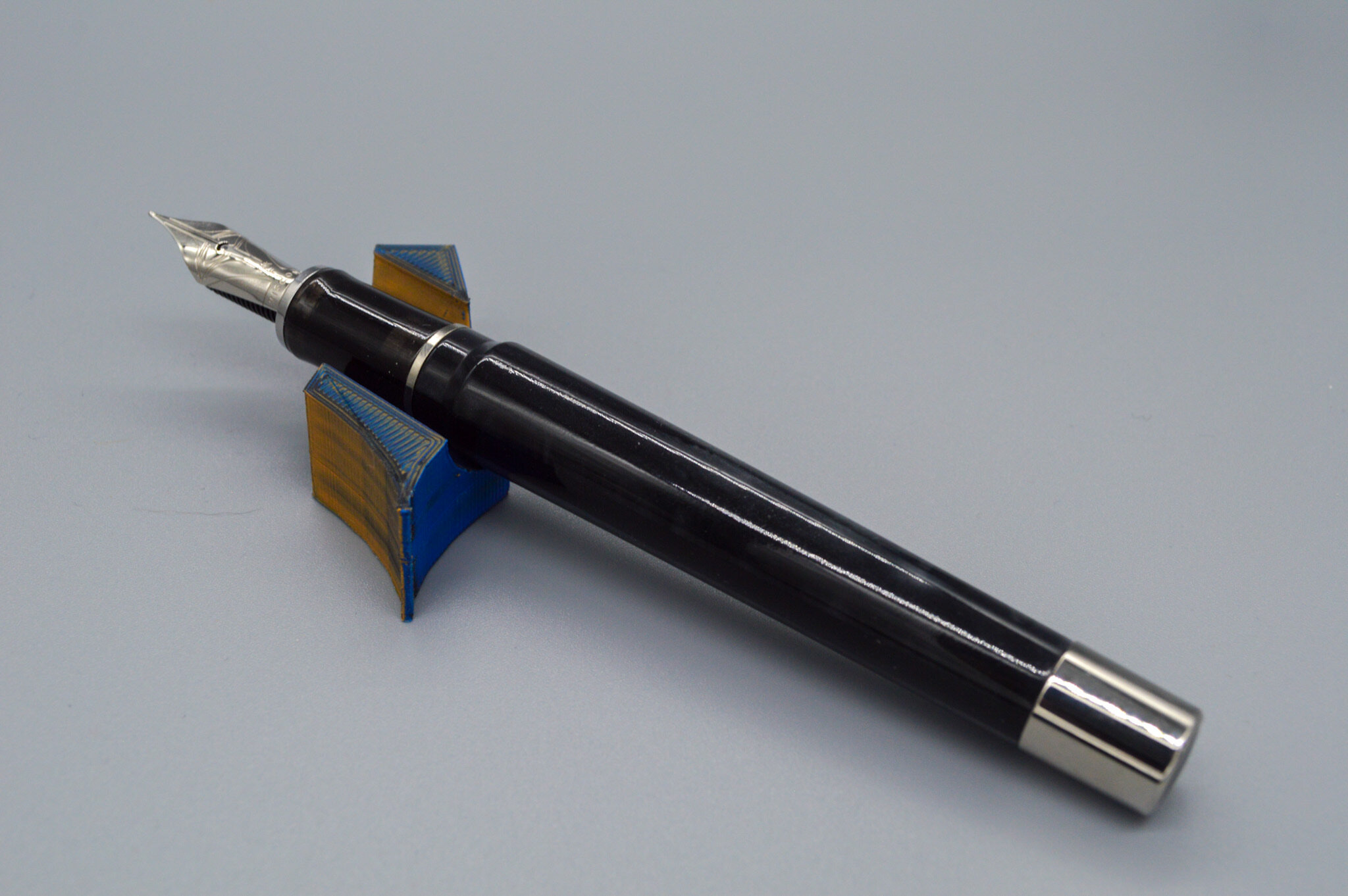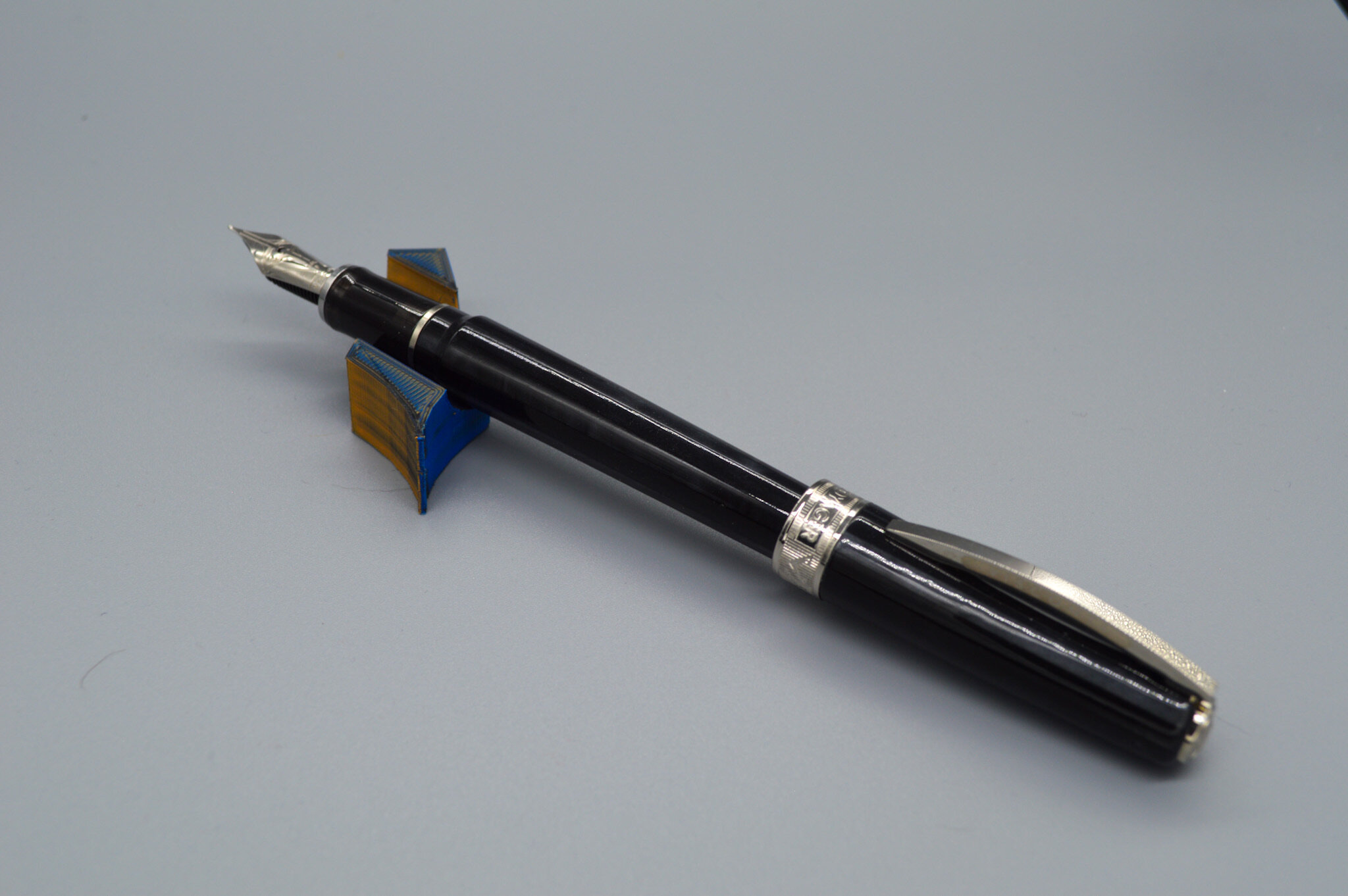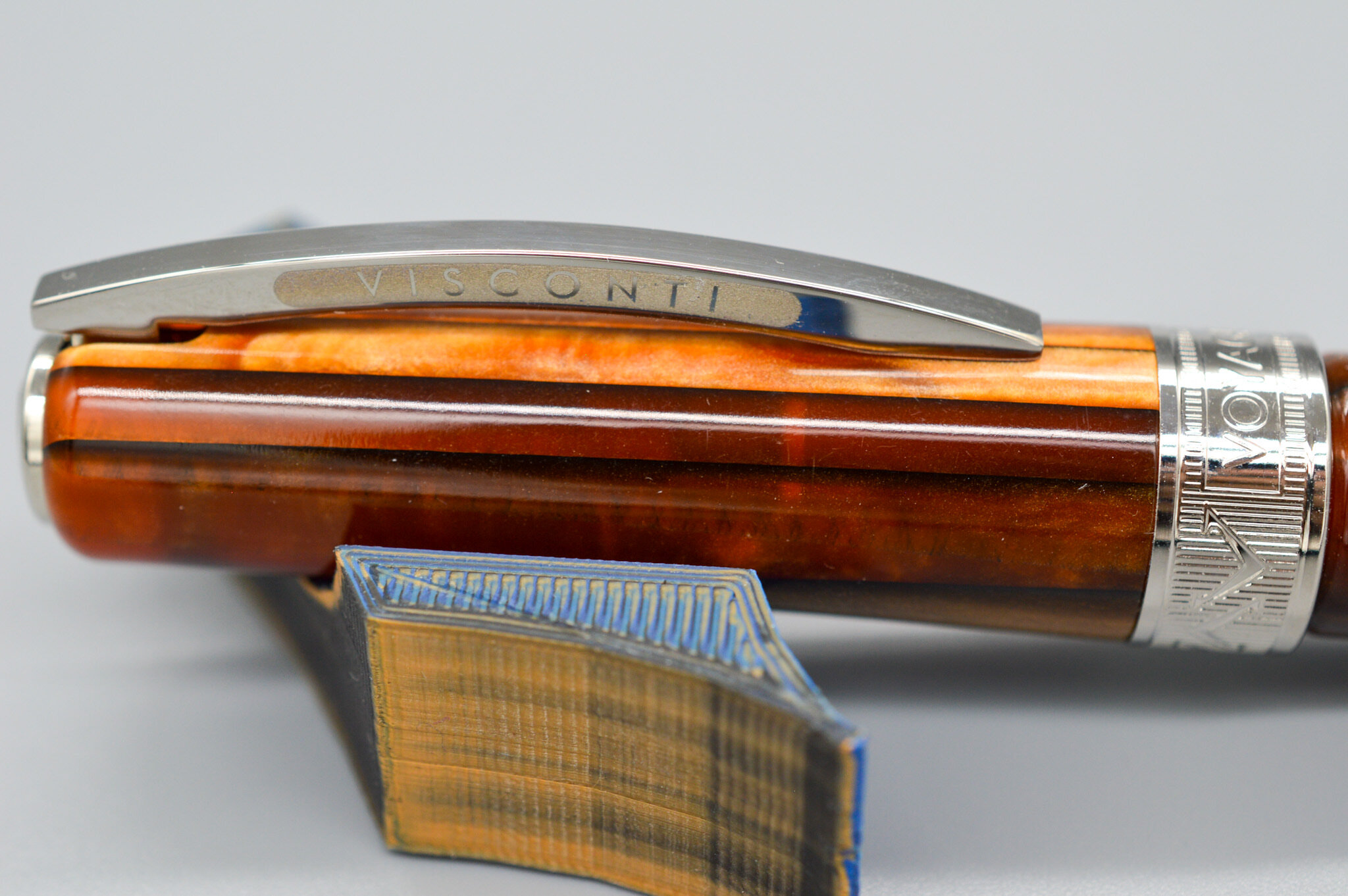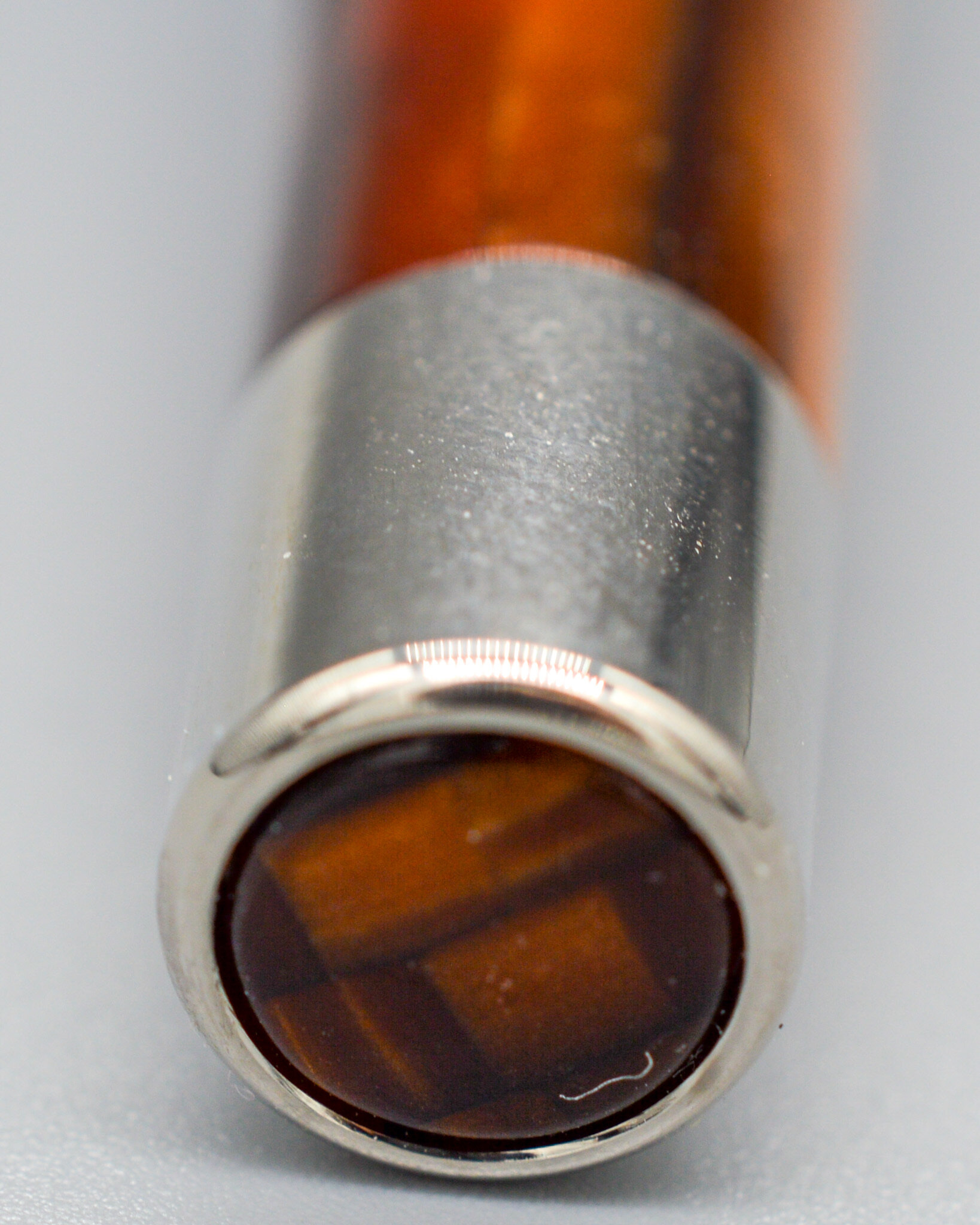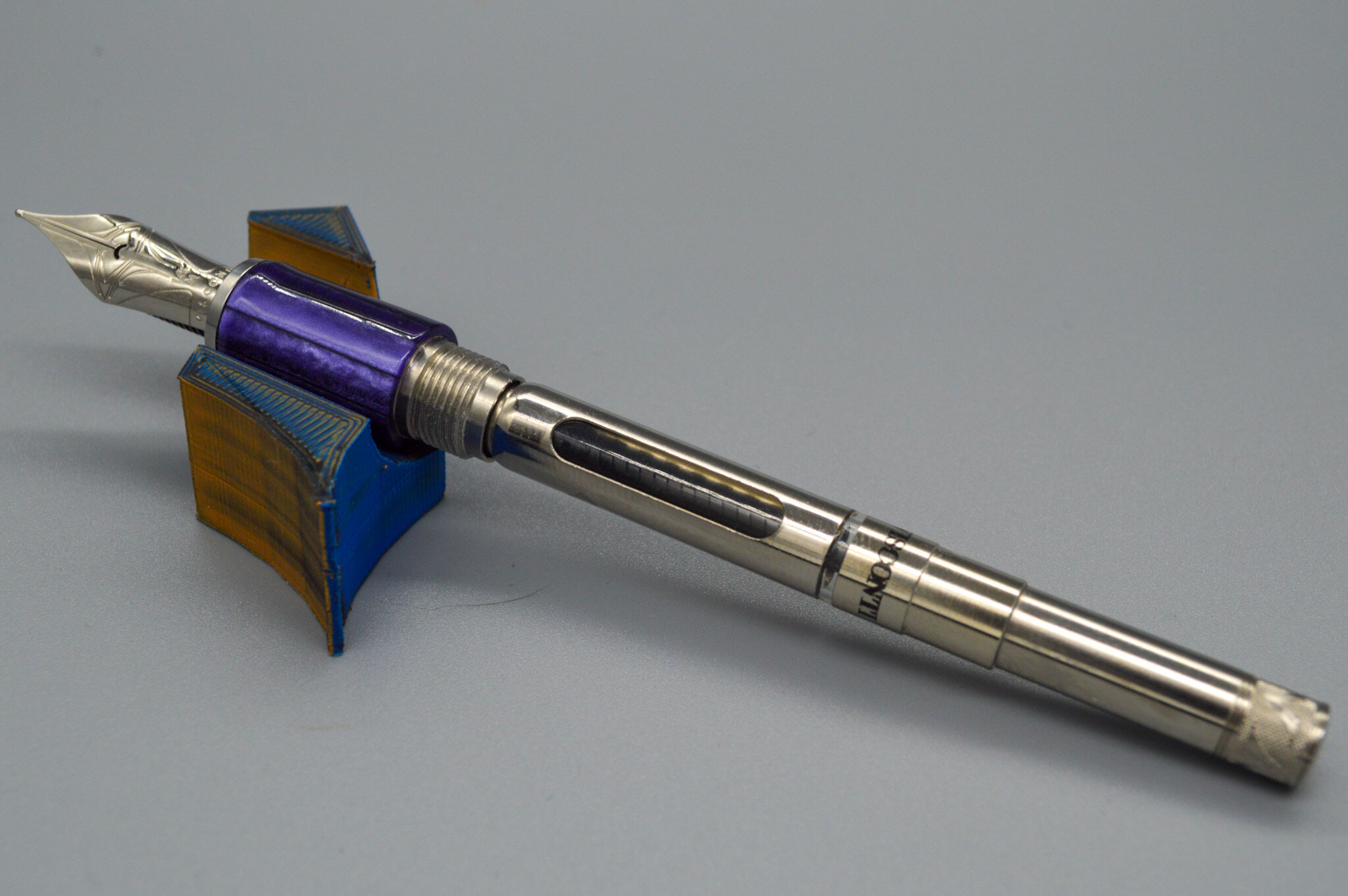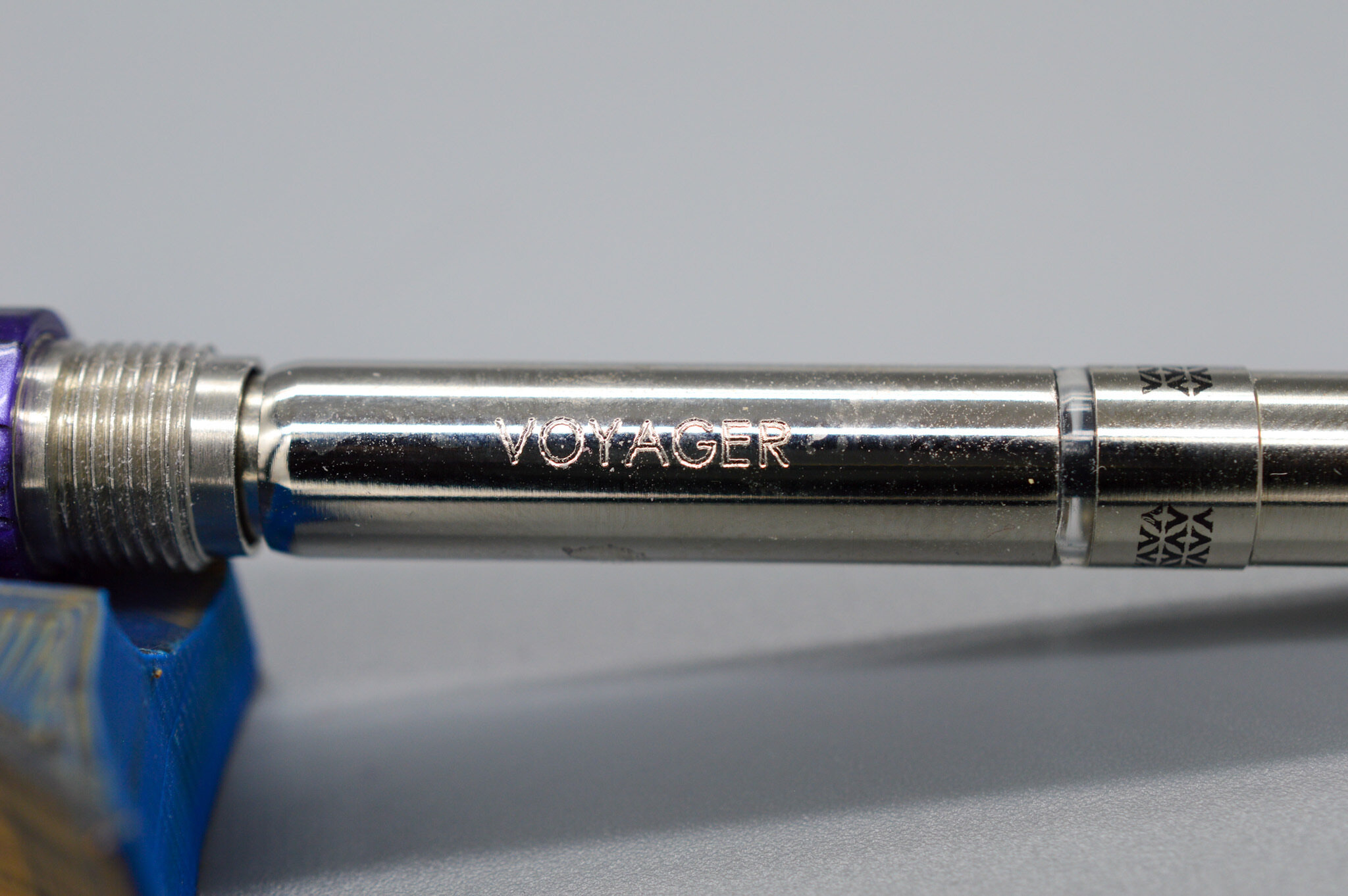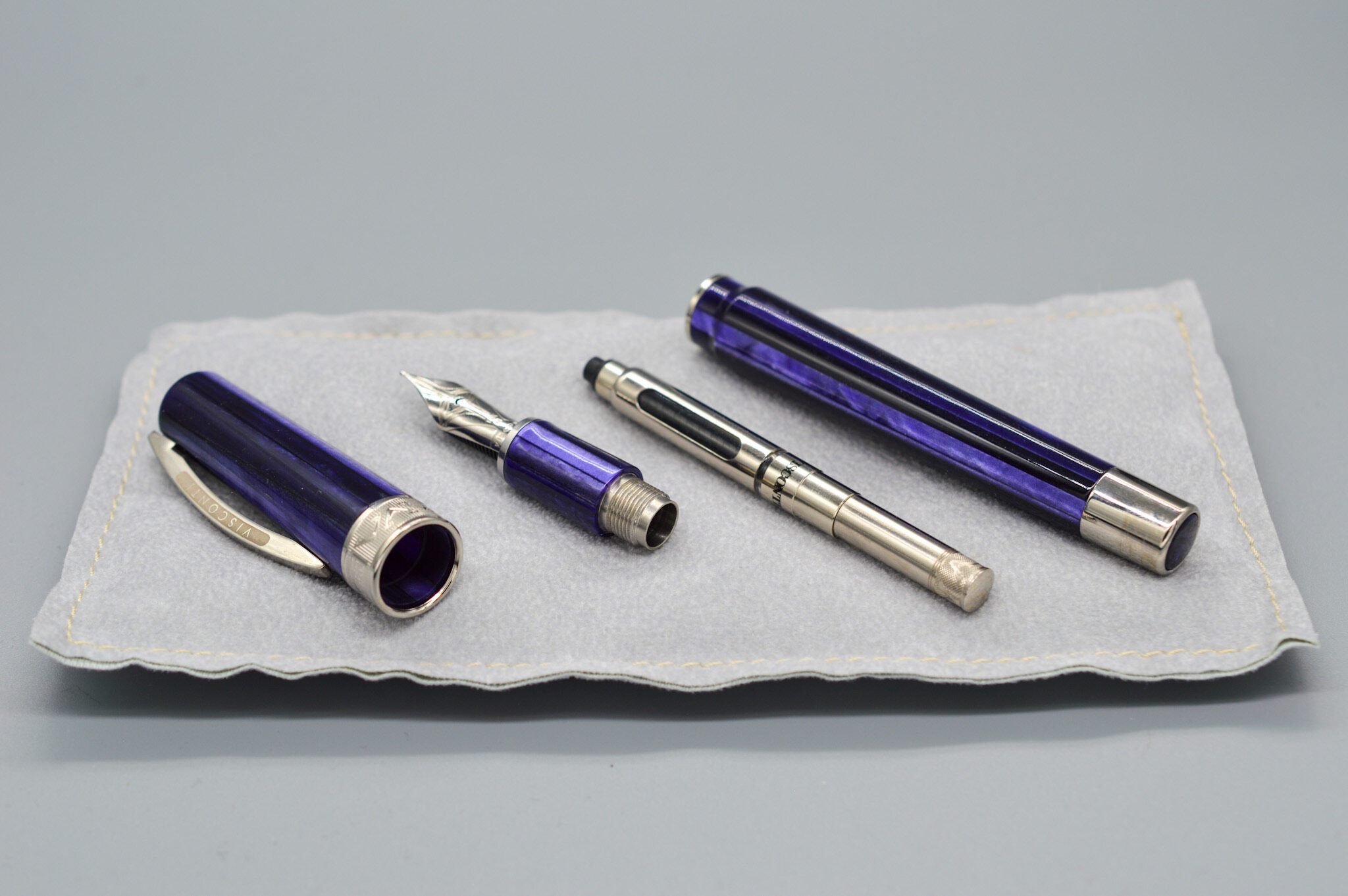Fantastic Voyager
Full disclosure; I’ve been busy with more than just launching a web-shop lately. In addition to going back to school to pursue a master’s degree a year ago (which I’m on course to have completed at the end of this year), my wife and I also made the decision that now was the time to expand our family, and on June 1st we welcomed into the world our second daughter, Scarlett. For those who have watched my unboxing videos, please rest assured that I won’t be handing Scarlett any Visconti Homo Sapiens pens until she at least discovers her hands in the next few months. I can’t make any promises about what her three year old big sister Luna will do with the pens once I hand them off to her, but she seems more interested in learning how to work the 3D printer these days, so that’s a win-win situation for me; starting her STEM education early.
But you didn’t come here for an update on how the month of June 2021 went in the Rosenberg household. You want to see the pretty pen pictures, and then hear me tell you if the pens in the pictures write as good as they look or not. Well, this week’s pens are definitely pretty, and I know I’m getting ahead of myself, but ~spoiler alert~ these recent in-house Visconti nibs always write great, in my experience thus far. Anyway, let’s dig in, shall we, to the 2020 rerelease of the Visconti Voyager, available in Orion Nebula Purple, Alpha Centauri Amber, and Black Star.
There have been other iterations of the Voyager pen from Visconti over the years, and to be frank I haven’t been incredibly familiar with them. I do know that the Voyager was one of the earlier models of pens that Visconti released, first coming to market in the early 1990s, and it was the model chosen a few years ago to celebrate the company’s 30th anniversary as well. These 2020 Voyager pens are an update to the Voyager model bringing them in line with the current Visconti offering, including the iconic Visconti bridge clip - with current sans-serif type branding - and the aforementioned in-house nibs. This release of pens uses a pearlescent “mother of pearl” resin that has been cut in to strips and laid back together for a particularly striking striped look, especially on the amber model. Even the black color is far from being just another flat black pen, though, with this eye catching material.
The cap uses a magnetic mechanism that has become very popular across the Visconti line lately, and posts firmly on the rear of the barrel using friction. The cap band features the model name “Voyager” as well as some decorative Vs, representing both Voyager and Visconti. These Vs have been an iconic part of the Voyager line for almost 30 years, so it is nice to see them here.
Visconti chose to go with a cartridge/converter filler for this rendition of the Voyager. It’s a bit of a bold move on a pen that’s priced so high, but honestly I’m not mad at it. I have admitted to being a fan of cartridge/converter pens, especially when they use universal converters, because they remove a potential pain-point for users. If the filling mechanism breaks, instead of sending off your entire pen for repairs, you just swap out your cheap converter and keep going. In this case Visconti has dressed up the universal Schmidt converter which looks pretty neat, adding the engraved “Voyager” name opposite an ink window, and a knurled piston knob with Visconti Vs on it. This converter may not fit in some of your other pens, and frankly you may not want to go swapping it around like you might another more generic converter, but it can be replaced itself with a five or ten dollar converter off the shelf, which makes this a much easier and less expensive pen to maintain, if you don’t have an issue with converter ink capacity.
I will admit, I was slightly disappointed when I discovered that the shiny bottom of the pen barrel was not in fact a blind-cap. I had hoped that in addition to the fancied-up converter, Visconti had taken an additional page out of the recent Leonardo/Maiora playbook, and also included a blind-cap on the barrel, to allow the doctored converter to be accessed without removing the entire barrel. Unfortunately, that is not the case here, as cool as it would be with that knurled piston knob. It’s a small thing, and I can understand why they might want to avoid introducing additional points of failure into the pen, but it would have been cool. I believe instead that the metal piece on the bottom of the barrel is there to prevent the cap from scratching the mother of pearl resin when posting, which is still useful, but not something that can be fidgeted with mechanically in the same way.
Normally this is the part where I’d get in to how the pen writes, but I spoiled that up top. Visconti has been consistently hitting it out of the park with their in-house nibs, and the Voyager 2020 is more of the same. The pen sits at an interesting price point with an MSRP of $755, an a street price between $564 and $604, depending on whether your retailer bought their inventory before or after the price increase in April. For $140 more (or less) you can get the flagship Homo Sapiens pen, with the vacuum powerfiller and lava enriched resin. That’s not nothing, but when you’re dealing with prices of this magnitude it’s also not a gigantic sum. It’s worth comparing the Voyager to another chatoyant resin pen, like the Divina Elegance, instead. By forgoing the flowing facets, you save hundreds of dollars, and still have a gorgeous pen with an amazing nib. Ultimately, it comes down to a question of which form factor you prefer, which color you prefer, and which filling mechanism you prefer, and at the end of the day it’s nice that there are so many options to choose from. If you want to write with one of these new Visconti nibs, the right pen combination exists to fit your taste.
Thank you to Coles of London, Visconti’s US distributor, for lending me these pens for review.


